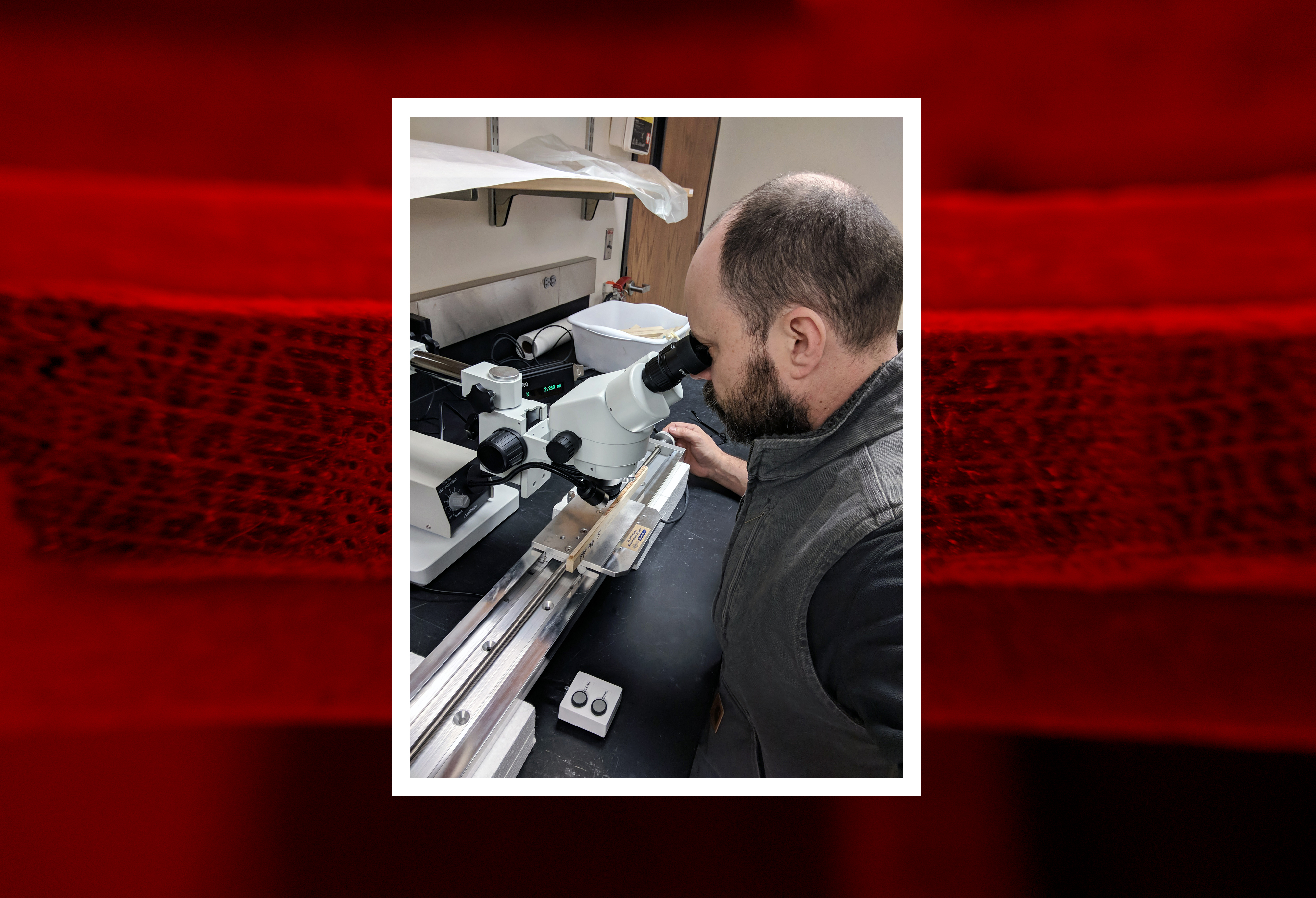
LINCOLN, NEBRASKA ― A tree growing along city streets may have a life span of 30 to 40 years before it declines to the point removal is required.
But what if a city and its residents could determine the age in which a tree has lived its best life, the point when the cost to maintain it would only continue to increase but the value would only decrease? What if they could harvest that tree while it was still good enough for a second life as table or house or boat?
Two new formulas by Eric North, University of Nebraska-Lincoln assistant professor of practice at the School of Natural Resources, lay the groundwork for providing that answer in a quantitative, universal way. The Basal Area Increment Ratio, known as BRATIO, compares tree rings over time to answer, “Is this tree growing faster or slower than in its history?” The Tree Performance Index measures a tree’s potential for future growth based on its past growth and current form. It is built to answer, “How well is this tree performing in its current location?”
Previous methods have used tree canopy and trunk diameter at breast height to measure tree performance, and both work well in traditional forested areas where the primary objective is quantifying the volume of wood produced. But urban sites aren’t judged by those standards.
“Urban areas have tree growth variability not typically seen in managed forests,” North said. “In a managed forest, most of the trees look about the same. The city is a more variable system.” The diversity of trees is higher, the type of soil can be drastically different from street to street, and concrete is everywhere, creating the potential for tree growth issues.
Urban trees are also planted for different reasons than those that sprout in a forest. Urban trees provide shade, clean air and water, increase property values and health human, and provide esthetics. But when the researchers went to quantitatively assess urban tree sites and how they affect tree growth, they found they needed to also account for those benefits.
So the researchers spent two years comparing the growth of four tree species in two cities in a variety of settings, accounting for: trunk width, trunk condition, crown size, soil compaction, compressed roots and site characteristics. Trees in neighborhoods were compared to trees in parks and then compared to those in the sister city.
“What we saw were street trees growing faster and larger than park trees, which was counter intuitive,” North said. When they used the traditional tree performance metrics of size, the street trees appeared to perform better than park trees, but when North’s formulas were applied, the park trees demonstrated greater future potential for growth.
“It turns out BRATIO and TPI were more realistic metrics for urban tree performance,” North said.
North made sure to point out researchers don’t know what results the new formulas would produce for urban forests outside of the study area, but they do expect other researchers will attempt to replicate their results in cities across the U.S.
“To have a foundation for science, you have to have results,” North said. “In the future, we hope to end up with regional models that can be used for the Midwest.”
And when those models are in place, urban foresters can use the system as a baseline for tree performance, able to predict when the tree will start to cost more while providing fewer benefits, and then plan accordingly.
Want to read more?
The “Performance Metrics for Street and Park Trees in Urban Forests” was published in the Journal of Forestry. Access the article here.
Shawna Richter-Ryerson, School of Natural Resources